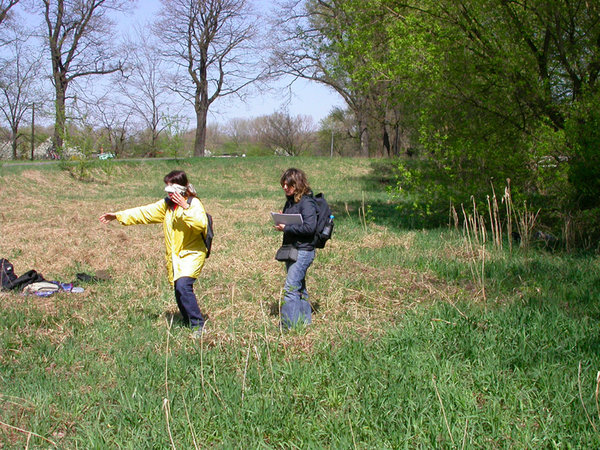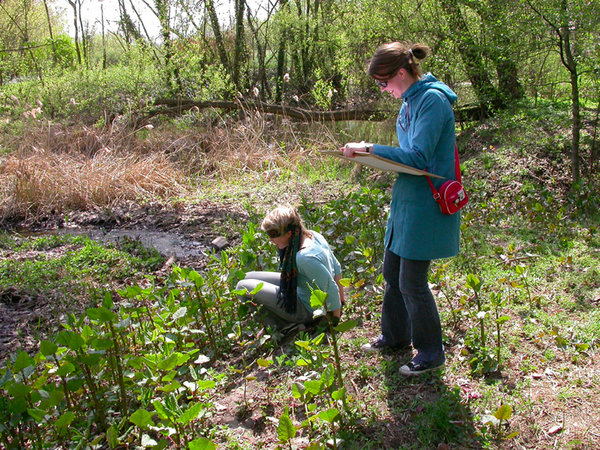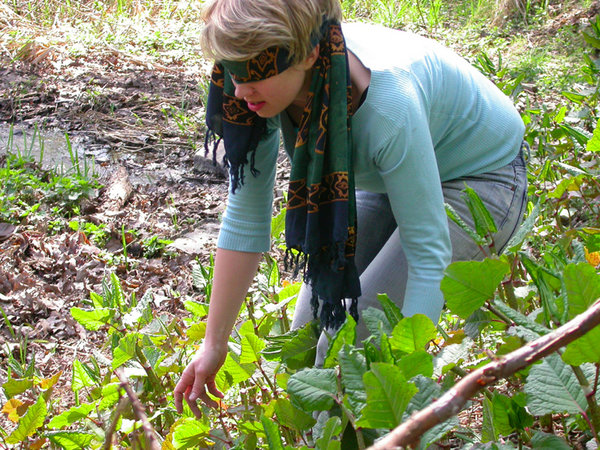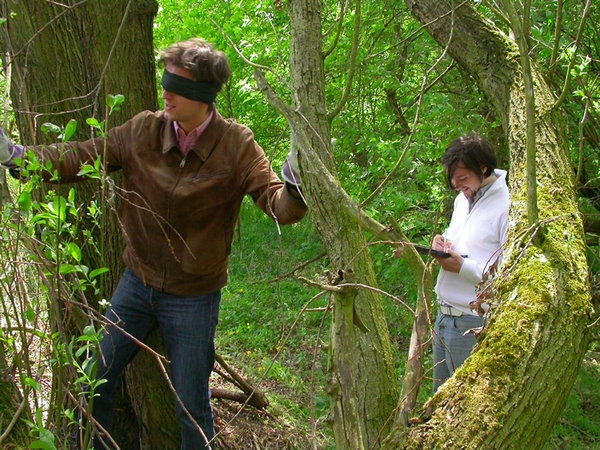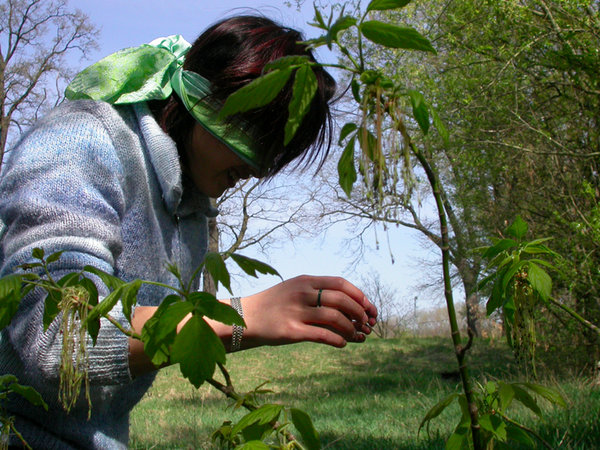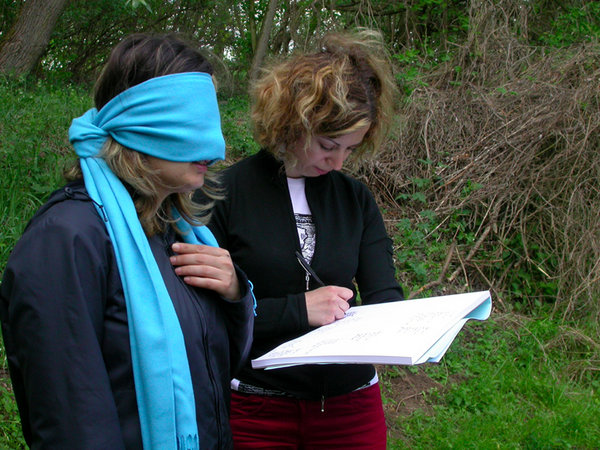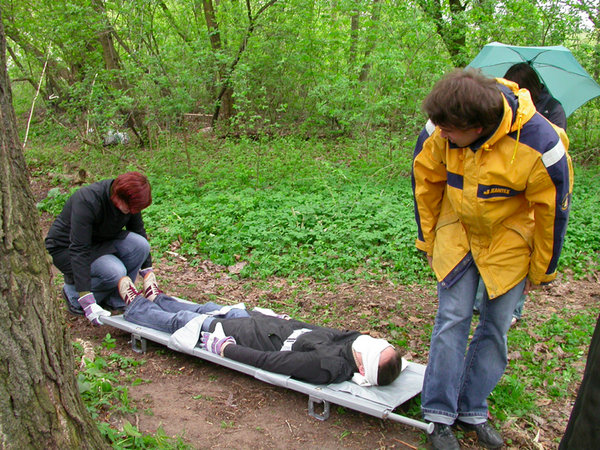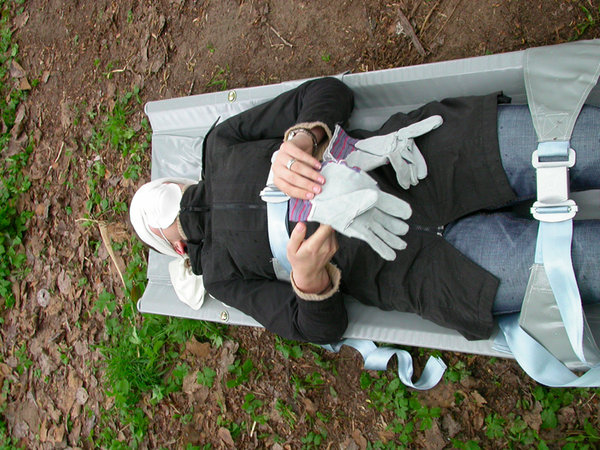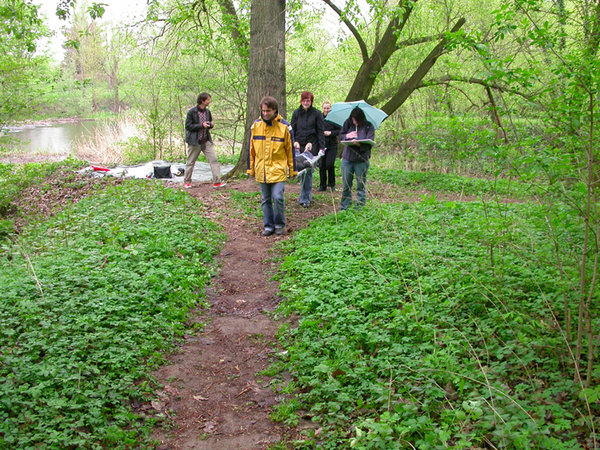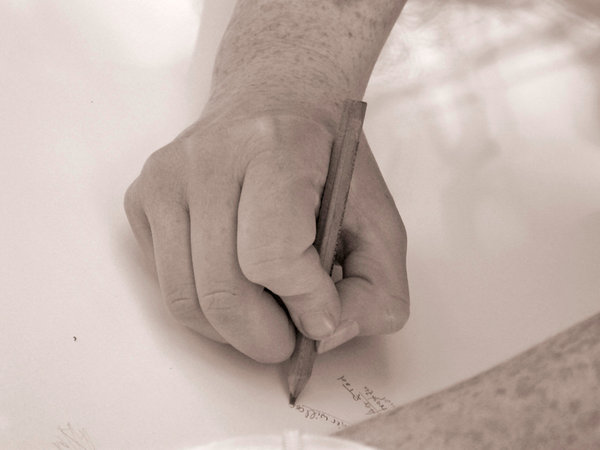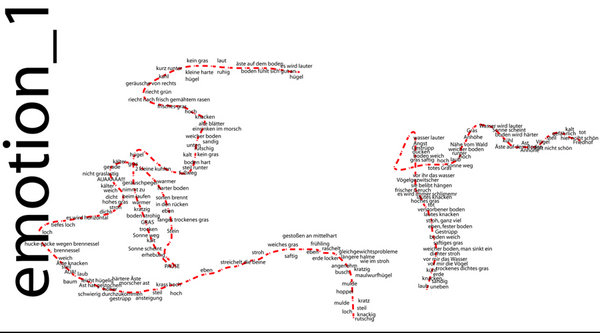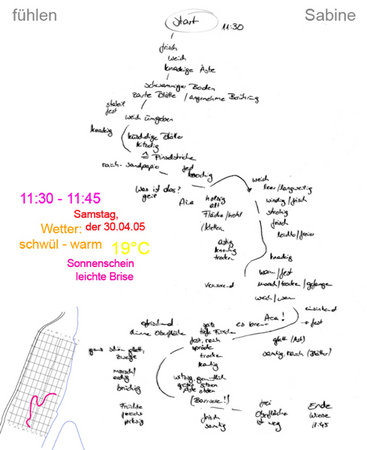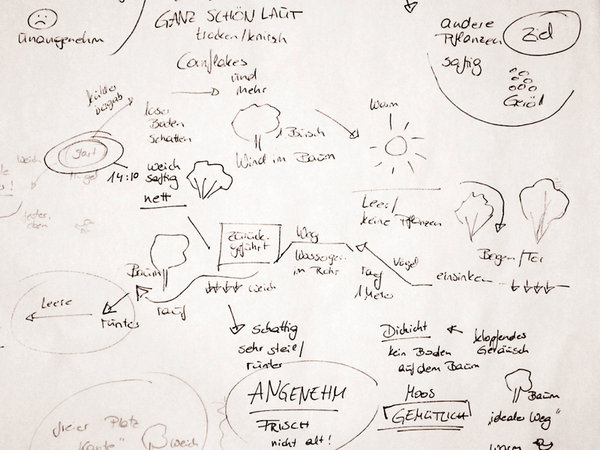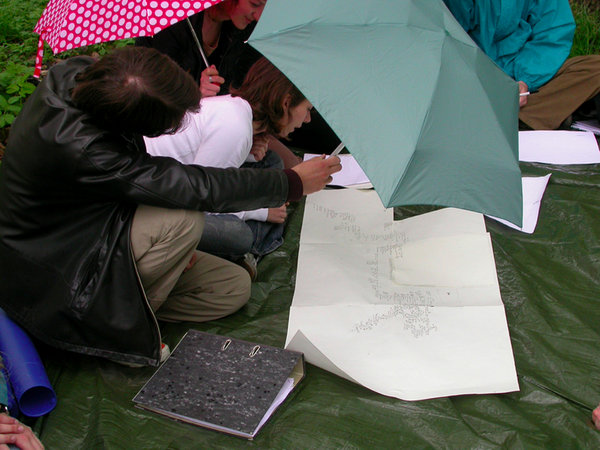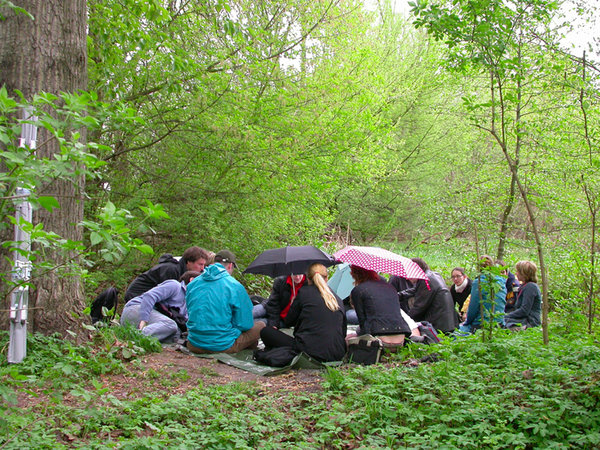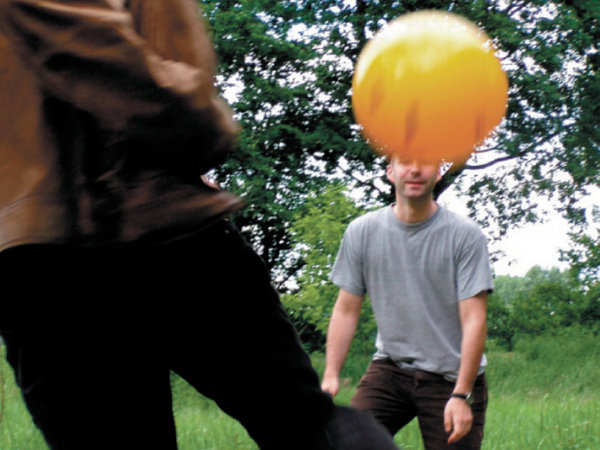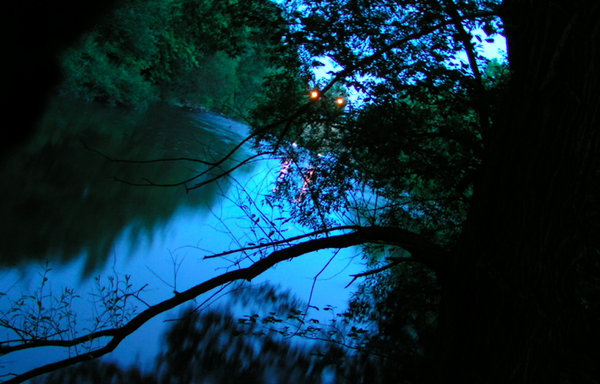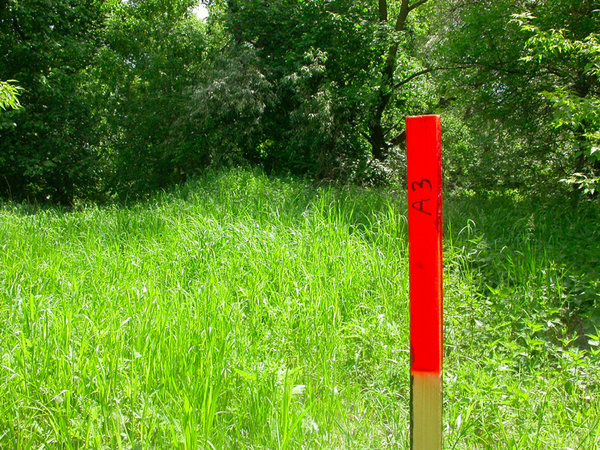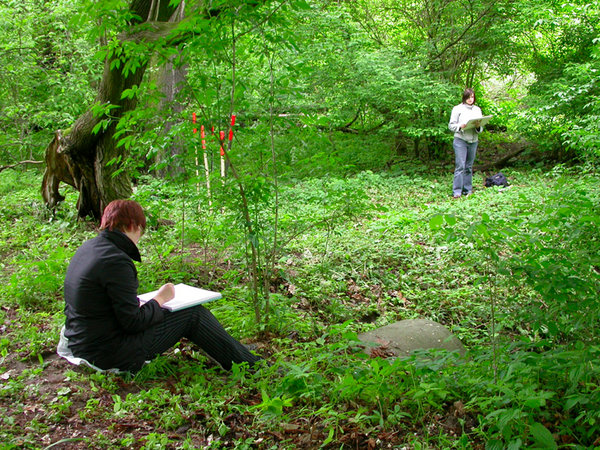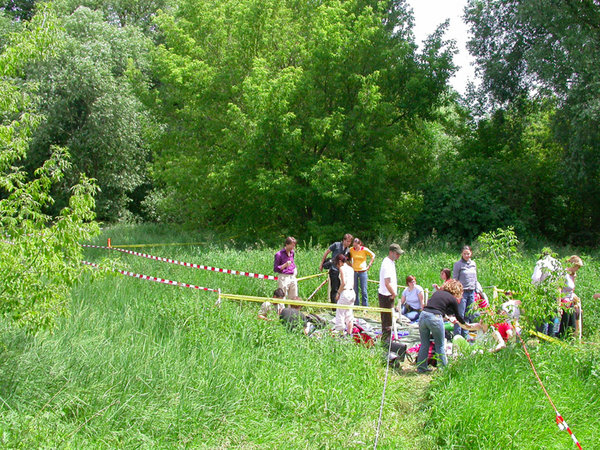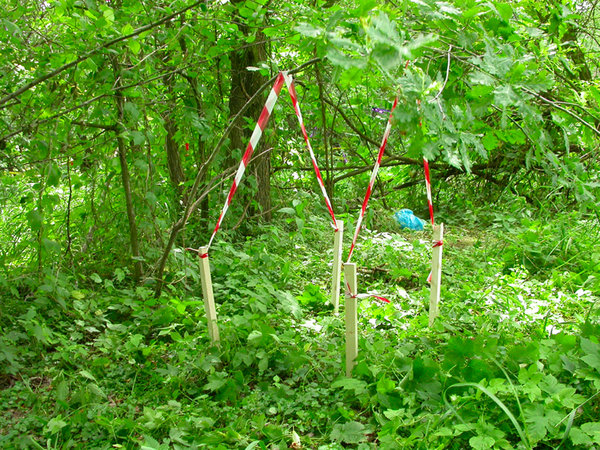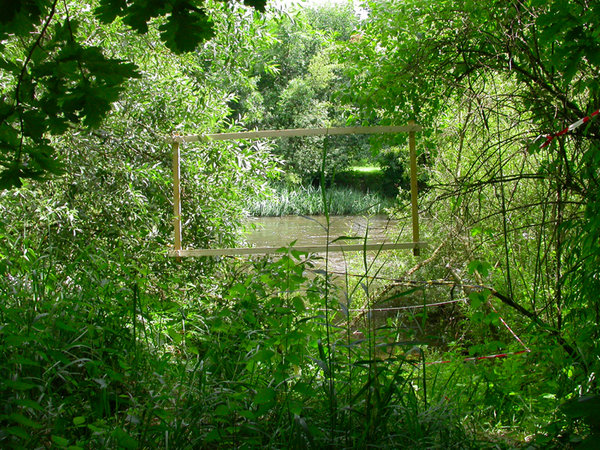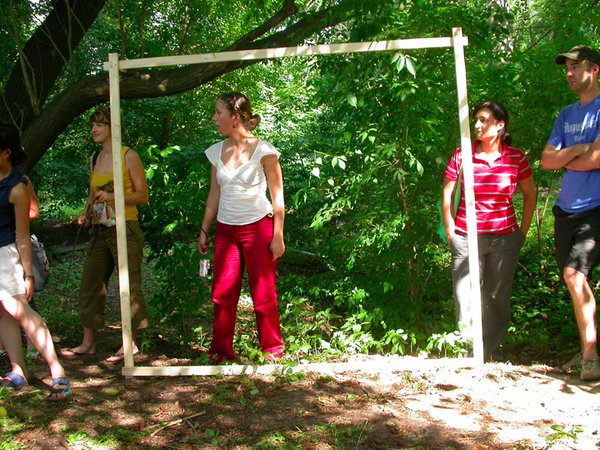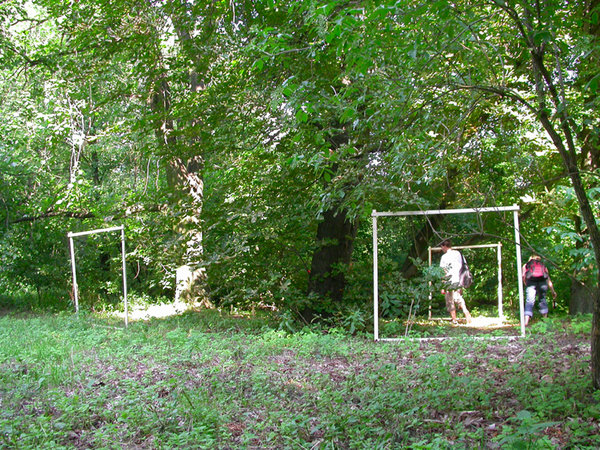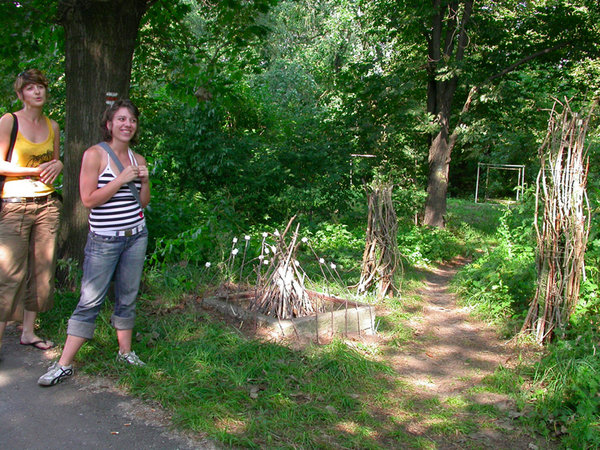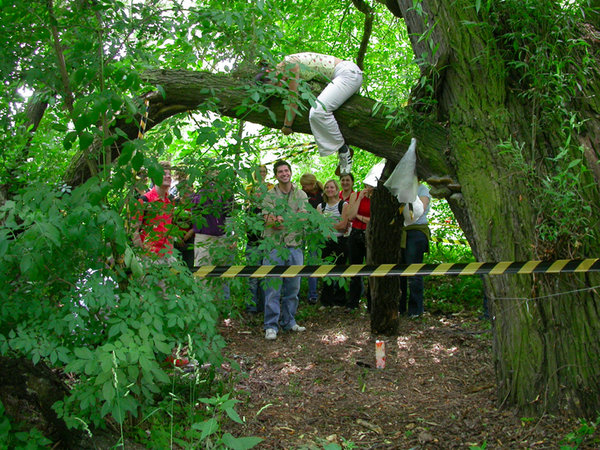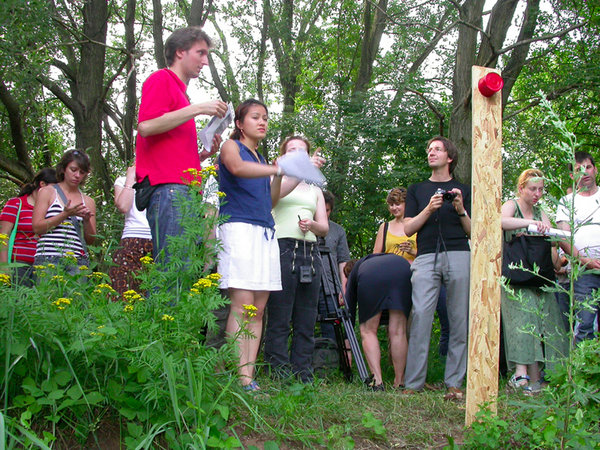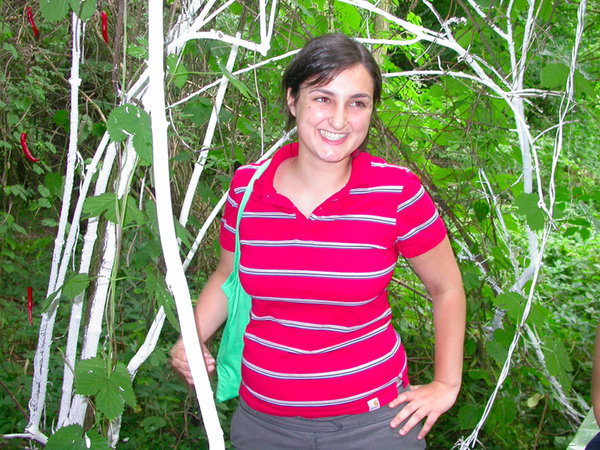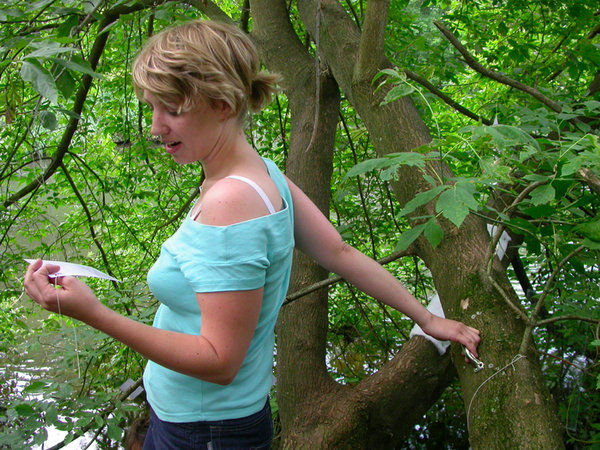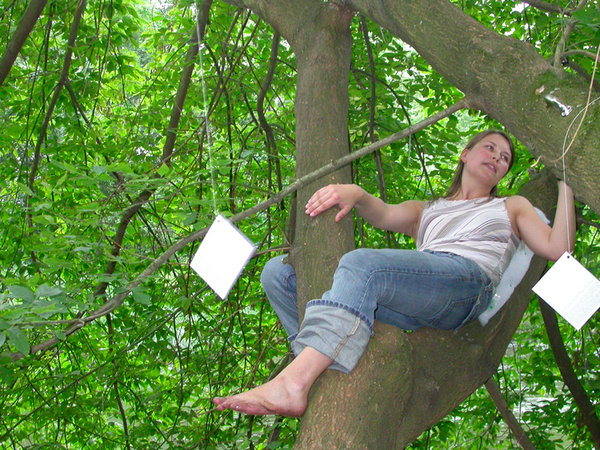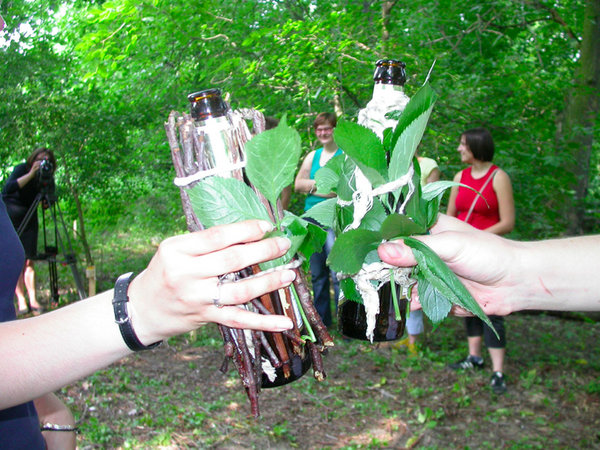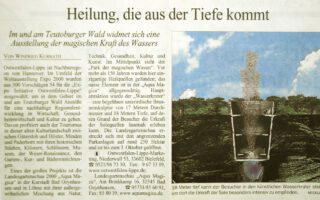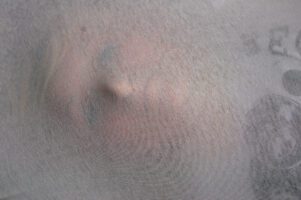Sensory perception and transfer of experiences in the landscape
Mapping of sensory experiences and zoning of the place
We started the seminar with a perception exercise in the landscape. In each case, one person was guided through the landscape by a second person, with different senses switched off, in an attempt to perceive the qualities of the landscape with a specific sensory system. The orientation was determined from the landscape and its sensory qualities, such as standing, lying down, walking, crawling, and entered into an “emotional map” by the second person.
“Emotional maps” of the landscape were created from the experiences of physical spatial perception: an “acoustic map”, a “haptic map”, an “olfactory map” and an “orientation map”. The change in perception due to the temporal dimension was investigated over a period of twenty-four hours, during the day and at night.
The slow, fast, rhythmic, accelerating movements of a person created a map that could show the movement of the landscape. The spatial layering of the landscape, the boundaries between its interior and exterior, its active and passive zones were recorded, as were its haptic dimensions.
Genius Loci – Creative intervention
Design and staging of the discovered places
The final exercise aimed to reveal the invisible spaces of the landscape experienced through the actions and senses and to transform the experiences through concrete interventions in the places found.
Slats and ribbons or the materials and found objects available on site were used to give spatial expression to the places and qualities of the landscape as experienced; to make them visible. At the end, each person staged a symbolic action that brought the potential and quality of the place to life. Two places on the banks of the river were connected by a corded telephone with which messages could be exchanged by knocking. A pallet became the stage for a reading. Individual messages were attached to the vertical dimensions between the water and the treetops, through which we could listen to Italo Calvino’s story “The Baron in the Trees”. There was an entrance, a reception area, a place to drink tea, a place to eat, a place to rest and a place to gather. Changes in the way of speaking reflected the change in attitude towards the landscape, which was suddenly full of meanings. What was completely overlooked in the beginning was personified in the end, was “mine, yours and ours”.
[vimeo]https://vimeo.com/38442372[/vimeo]
In collaboration with Prof. Achermann (Plastic Design, Brandenburg University of Technology Cottbus)

